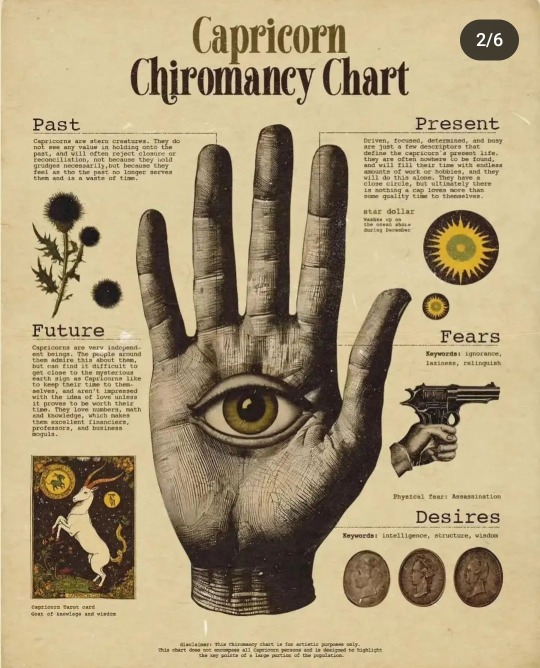Text
0 notes
Text
Once upon a time in a small village, there lived a rather eccentric old man named Edgar. Known for his forgetfulness and quirky habits, Edgar's antics were a constant source of entertainment for the villagers.
One day, Edgar decided he wanted to learn how to fly. Convinced that he could achieve this lofty goal, he fashioned wings out of cardboard and feathers, ignoring the skeptical glances of his neighbors. With his makeshift wings strapped on, he climbed to the top of a hill, ready for takeoff.
As he leaped into the air, the villagers watched in disbelief as Edgar flapped his cardboard wings vigorously. Unsurprisingly, his flight ended with a comical crash into a haystack. Undeterred, Edgar insisted he was getting closer to mastering the art of flying, much to the amusement of the villagers.
Despite his seemingly foolish pursuits, the village grew fond of Edgar and his endearing foolishness. His cheerful spirit and determination to break the monotony of everyday life brought laughter to everyone. In the end, the village realized that sometimes it's the "stupid" ideas that add color to life, and Edgar became a cherished character in their tales of whimsy.

1 note
·
View note
Text
Navigating the Spectrum: Stupidity and the Pursuit of Anti-Stupidity
In a world inundated with information and opportunities for intellectual growth, the concept of stupidity remains an intriguing and often debated topic. From the humorous mishaps to the more profound implications on decision-making, stupidity is a facet of human nature that deserves exploration. In this blog, we delve into the realms of stupidity and its counterforce – the pursuit of anti-stupidity.
Defining Stupidity:
Stupidity, at its core, can be described as a lack of intelligence, understanding, or discernment. It manifests in various forms, ranging from simple mistakes to more complex errors in judgment. However, it's crucial to approach the discussion with empathy, recognizing that everyone has moments of lapses in judgment.
The Spectrum of Stupidity:
Stupidity is not a one-size-fits-all concept. It exists on a spectrum, from harmless slip-ups to more severe consequences. Understanding this spectrum helps us navigate the nuances of human fallibility without unfairly labeling individuals.
The Role of Ignorance:
Ignorance is often at the root of stupidity. It's not necessarily about a lack of intelligence but rather a lack of knowledge or awareness. The antidote, then, is education and continuous learning.
Anti-Stupidity: A Noble Pursuit:
The pursuit of anti-stupidity involves actively working to counteract ignorance and make informed decisions. This can be achieved through critical thinking, seeking diverse perspectives, and cultivating a mindset of lifelong learning.
The Power of Critical Thinking:
Critical thinking is a cornerstone of anti-stupidity. By questioning assumptions, evaluating evidence, and considering alternative viewpoints, individuals can enhance their decision-making skills and contribute to a more informed society.
Cultivating Emotional Intelligence:
Emotional intelligence plays a significant role in mitigating stupidity. Being aware of one's emotions and understanding how they influence decisions helps individuals navigate challenges with greater resilience and wisdom.
The Role of Technology:
While technology has the potential to amplify both stupidity and anti-stupidity, its impact largely depends on how it is wielded. Leveraging technology for education, fact-checking, and connecting with diverse perspectives can contribute to the pursuit of anti-stupidity.
In the grand tapestry of human experience, stupidity is an inevitable thread. However, the journey toward anti-stupidity is a noble pursuit that involves continuous learning, critical thinking, and emotional intelligence. By acknowledging the spectrum of stupidity and actively working to counteract ignorance, individuals can contribute to a more enlightened and informed society.
https://shamlid.42web.io/?i=1
0 notes
Text
Once, in a small town, there lived a fool named Benny. Benny was known for his boisterous behavior and tendency to bully others. Despite his foolishness, he managed to gather a group of followers who admired his recklessness.
One day, Benny targeted a shy and quiet boy named Tim. Tim was passionate about painting, often finding solace in the colors and strokes of his artwork. Benny, however, saw this as an opportunity to assert his dominance.
He mocked Tim's paintings, calling them childish and worthless. Unbeknownst to Benny, Tim's resilience was stronger than his timid appearance. Instead of succumbing to the bully's words, Tim decided to organize an art exhibition in the town square.
As news spread, curiosity drew the townspeople to the exhibition. The vibrant display of Tim's paintings captivated the crowd, showcasing his talent and unique perspective. Benny, realizing his foolish mistake, felt a pang of guilt as he observed the positive reactions from the townspeople.
Witnessing the support Tim received, Benny had a change of heart. He approached Tim, admitting his foolishness and apologizing for his hurtful words. Surprisingly, Tim accepted the apology, understanding that sometimes even fools could learn from their mistakes.
From that day forward, Benny transformed into a more considerate and understanding individual. The town learned that beneath Benny's foolish exterior, there was potential for growth and redemption. Tim's art not only healed the wounds caused by Benny's bullying but also taught the community a valuable lesson about the power of forgiveness and second chances.

0 notes
Text

Title: Understanding Jesus as a Victim: A Perspective on Sacrifice and Redemption
Jesus' crucifixion is central to the Christian narrative, emphasizing His role as a sacrificial victim. The belief is rooted in the idea that His death served as a redemptive act, providing salvation for humanity. The voluntary nature of His sacrifice is a testament to divine love and the willingness to endure suffering for the greater good.
The symbolic association of Jesus as the "Lamb of God" further emphasizes the victimhood narrative. This metaphor draws parallels between the sacrificial lambs in ancient Jewish rituals and Jesus' role in atoning for the sins of humanity. The lamb symbolizes innocence, purity, and the voluntary nature of His sacrifice.
Theological discussions surrounding Jesus as a victim often explore concepts such as atonement theories. Different Christian traditions interpret His sacrificial role in distinct ways, including substitutionary atonement, moral influence, and ransom theories. These perspectives contribute to a nuanced understanding of Jesus' victimhood. https://shamlid.42web.io/?i=1
**
2 notes
·
View notes
Text
Briefly define what "mind power" means. Discuss the significance of tapping into the mind's potential
https://shamlid.42web.io/mind/
1 note
·
View note
Text
Understanding and Combating Bullying: A Comprehensive Overview
Bullying is a pervasive issue that transcends age, gender, and socio-economic backgrounds, leaving a lasting impact on individuals and communities. This article delves into the various aspects of bullying, its forms, consequences, and strategies for prevention. :Click to read more https://shamlid.42web.io/articles/
1 note
·
View note



